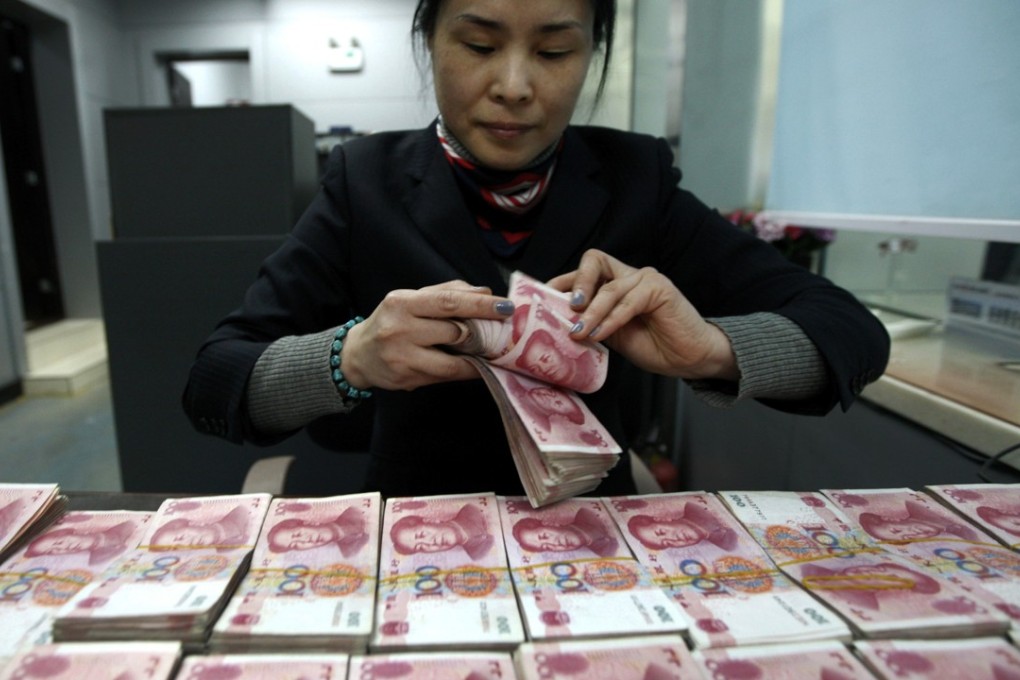Advertisement
Macroscope | Yuan devaluation: why the signs point to a further drop in China’s currency, whether the US likes it or not
- Neal Kimberley says debt risk and slowing growth are putting downward pressure on the yuan, and officials are hinting they won’t stand in the way of devaluation
Reading Time:3 minutes
Why you can trust SCMP

The US Treasury may have concluded last week that China hasn’t been deliberately weakening the yuan, but it is “concerned” about its depreciation. These concerns are unlikely to abate. Markets may decide substantive arguments remain both for US dollar strength and also specifically for continuing yuan weakness.
US President Donald Trump might feel the Federal Reserve has “gone crazy” with its tightening of monetary policy, but the US central bank still seems set to continue raising interest rates. Last week’s minutes, from September’s Fed meeting, that saw a rate hike, revealed the rate-setters “generally anticipated that further gradual increases” in short-term US borrowing costs would be necessary.
Addressing possible risks to their view of US economic outlook, the Fed minutes also noted that “the divergence between domestic and foreign economic growth prospects and monetary policies was cited as presenting a downside risk because of the potential for further strengthening of the US dollar”.
Advertisement
Investors will have taken note of that but if, as the Fed said, there is potential for the US dollar to strengthen further, why not against the yuan?
To the extent that Washington’s imposition of wide-ranging tariffs on Chinese exports will exert something of a brake on China’s economic growth prospects, wouldn’t it be natural for the currency market to see that, and any subsequent monetary policy response by Beijing, as being consistent with a weaker yuan?
Advertisement
Select Voice
Choose your listening speed
Get through articles 2x faster
1.25x
250 WPM
Slow
Average
Fast
1.25x
